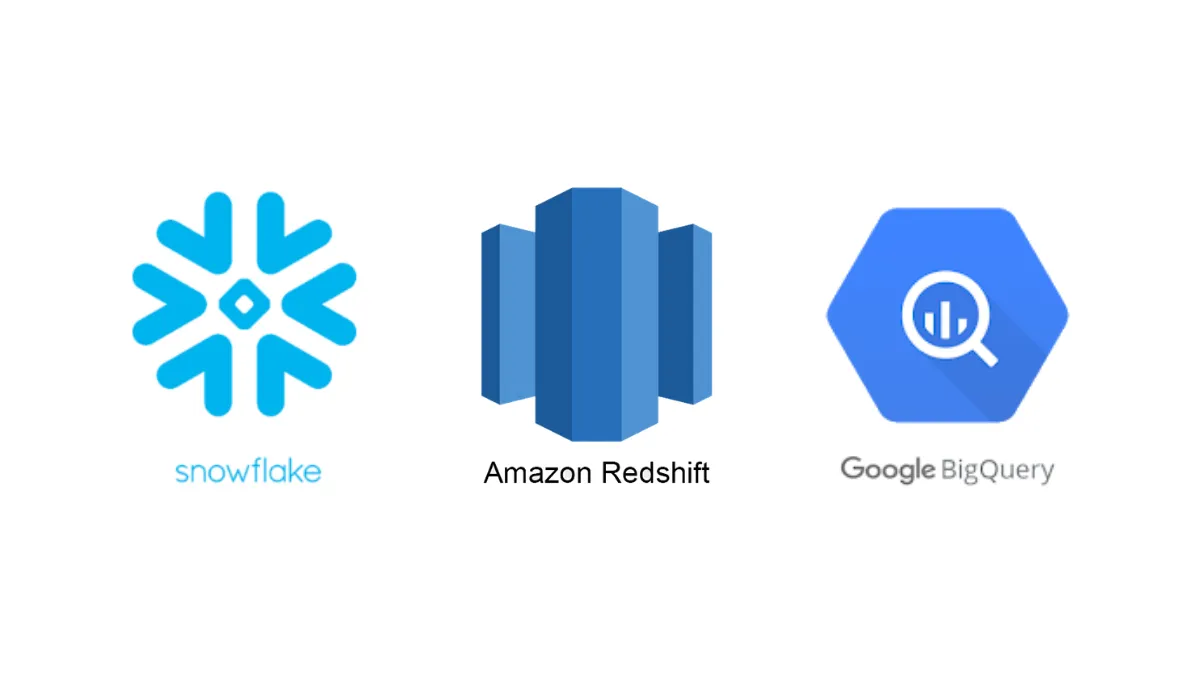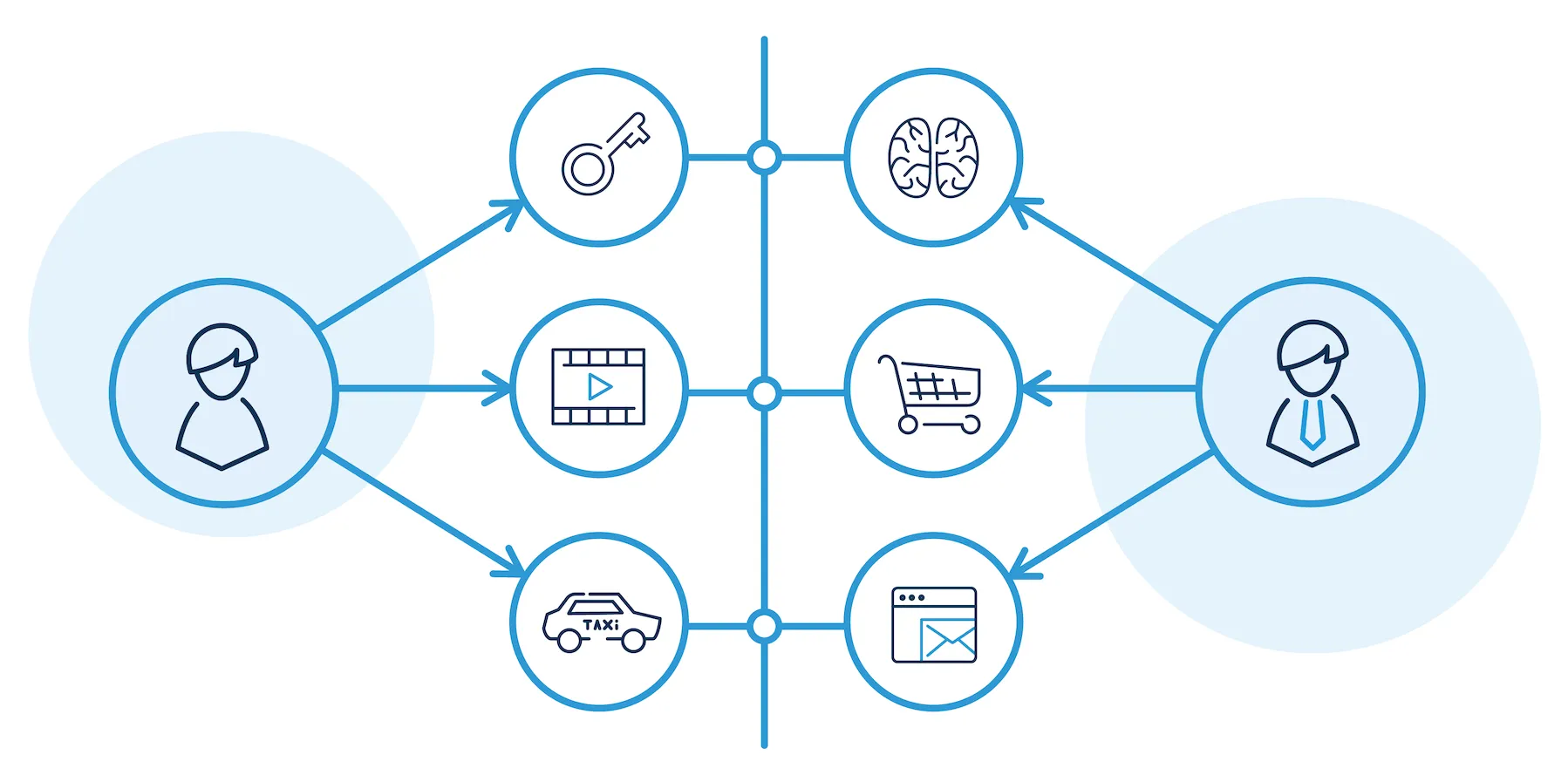
Introduction
In today's data transformation era, a number of organisations are endeavouring to find the best way to manage the day-to-day management of the data being generated. They are looking for genuine methods for these operations to be cost-effective.
Most of the data service providers are cloud-based, and the data warehousing architectures have changed substantially over the years. Hence, companies are now offering such offers on the cloud so that they can provide them with lower fixed costs, effective functionality, and better performances over traditional data warehousing systems.
What is Snowflake?
Snowflake is a leading cloud-based data warehousing as well as for analytics system. It allows users to analyse data in the form of SaaS offerings driven by SQL and ANSI processes. They support fully assembled data, such as XML, JSON, and so on. Snowflake is a high-grade as well as a flexible data warehouse and has the potential to suit the myriad of users utilising its computing powers.
Snowflake comes equipped with a panoramic architecture typical for cloud service. Therefore, to make it fit for business activities, it does not need to directly set up resources for physical and in-house activities, where everything is executed in the cloud with zero regulation. Snowflake is a fully pre-purchased plan from Warehousing, and payment is calculated here per second of service usage.
Interested in a Snowflake training certification course? Register now for Snowflake Online Training offered by 'Mindmajix - A Global online training platform'.
What is Amazon Redshift?
Amazon Redshift is a completely organized petabyte-scale Cloud-based Data Warehouse service which is created by Amazon for the purpose of managing huge data. Redshift is designed in industry-standard SQL with super processing. It aims to manage large databases and support great-performance analysis, and later report the output from the data analysis.
Amazon Redshift is a fully organized petabyte-scale cloud-based data warehouse service created by Amazon for the purpose of managing huge amounts of data. Redshift is designed in industry-standard SQL with super processing. Its purpose is to manage large datasets and support great performance analysis, and subsequently report the output from the data analysis.
In Amazon Redshift, managing data operations is quite simple as you have the advantages of querying and combining exabytes of structured and semi-structured data across different data warehouses. Data lakes and operational databases enable you to perform large scale data transformations.
What is Google BigQuery?
Google BigQuery is a cloud-based Data Warehousing which provides a massive data analytic service in order to process huge datasets on petabytes of data. It comes with a serverless Data Warehouse structure. Using ANSI SQL it allows the querying of data which is developed to analyze massive amounts of data.
One advantage of Google BigQuery is that it automatically delivers data services on needs, and it has been developed to process read-only data. Therefore, you don't need to provide any Virtual Machines when using Google BigQuery. This Warehousing uses Columnar-storage which makes data querying and accumulation of results effectively.
The Main Differences between Snowflake vs Redshift vs BigQuery
From our above explanation of the definition of Snowflake vs Redshift vs BigQuery, you must have become acquainted with these three warehousing systems. Now, we will elaborate on the differences between Snowflake vs Redshift vs BigQuery.
Architecture: Snowflake vs Redshift vs BigQuery
Snowflake: The Snowflake architecture is based on a hybrid system designed with a shared-nothing database and traditional shared-disk features. Although it is typically designed for the cloud, it includes an innovative SQL query engine, consisting of three core layers - Query Processes, Database Storage, and Cloud Service. Snowflake also offers a centralized data repository for a copy of the data. All users can access it from all independent computer Nodes.
Amazon Redshift: Amazon Redshift is designed based on the shared-nothing MPP architecture. It is a combination of Data Warehouse Clusters and Computes Nodes that are divided into multiple units. Every Calculate Node has an in charge that grips the code given to the unit.
Google BigQuery: Google BigQuery architecture comes with a serverless cloud offering. It is built on its main component, Dremel. It has the MPP architecture, which utilizes query data by reading tons of lines in a second.
Performance: Snowflake vs Redshift vs BigQuery
Snowflake: Snowflake separates its computing power from its storage to permit for simultaneous workloads so that users can run multiple queries at a time. The workloads do not affect each other for working separately.
Amazon Redshift: Amazon Redshift delivers rapid query speeds over huge data sets with sizes up to petabyte and over. Hence, it may be the most user-friendly option for handling large volumes of queries. However, its speeds is likely to be slow when semi-structured data is used.
Google BigQuery: Google BigQuery has the ability to split storage and compute as separate operations. As a result, it ensures super query performance. Also, Google BigQuery delivers fast and massive query speed effectively with petabyte size over data service.
Scalability: Snowflake vs Redshift vs BigQuery
Snowflake: Snowflake offers a suite for straightforward and non-spoiling scaling that is available both horizontally and vertically. Multi-cluster Shared Data Architecture has enabled it to do so. Here the scaling is performed automatically, and therefore, does not require input to the database operator. Companies with small resources prefer Snowflake for this advantage.
Amazon Redshift: Amazon Redshift allows up to 500 simultaneous connections as well as 50 simultaneous queries to be operated concurrently in a cluster, and therefore, its uses can be considered for scaling simultaneous files. It also maintains its scaling both horizontally and vertically.
Google BigQuery: Google BigQuery separates its Compute and Storage Nodes. So, it is up to the users how to scale the processing and memory resources. It provides a way to achieve high scalability of data which is processed in actual time. Scalability is a factor that matters in selecting Snowflake vs Redshift vs BigQuery.
Loading of Data: Snowflake vs Redshift vs BigQuery
Snowflake: Snowflake supports three Data Integration methods, including Extract Load Transform (ELT) and Extract Transform Load (ETL). Here data transfer is carried out during or after loading into Snowflake. Snowflake grabs the raw data, and later determines the better way to transform it. You can clearly see the differences between Snowflake vs Redshift vs BigQuery in terms of data loading.
Amazon Redshift: Apart from Extract Load Transform and Extract Transform Load, Amazon Redshift supports standard Data Manipulation Language (DML) commands. It also possesses a distinct method of loading data into it with the help of the COPY command. For efficient data ingestion, utilize the Redshift load command. As a result, it has been able to work with different data streams.
Google BigQuery: Google BigQuery utilizes the conventional Batch Data Loading methods of ELT as well as ETL with the help of high level SQL. It utilizes data streaming in order to load data in rows with the Streaming APIs.
Security: Snowflake vs Redshift vs BigQuery
Snowflake: Snowflake provides high level data security with controlled access management. Based on the characteristics of the Cloud Provider, a security system is set up. Compliance with most Data Protection standards, such as SOC 1 Type 2, PCI DSS, HIPAA, etc. ensures Snowflake's strong security.
Amazon Redshift: Amazon Redshift complies with different security standards, including ISO, HIPAA BAA, PCI, etc. Amazon Redshift is used to share security with AWS. This is because the security of the cloud is managed by AWS.
Google BigQuery: Google BigQuery provides Column-level security that lets you check identity data as well as access status. It creates security policies because every data is encrypted here. It is also a part of the Google Cloud environment, and it complies with several security standards, including FedRAMP, HIPAA, PCI DSS, SOC 1, 2, etc.
Pricing: Snowflake vs Redshift vs BigQuery
Snowflake: Snowflake offers users on-demand and pre-purchasing pricing plans to the users. There is a difference between the use of Storage and Calculate Nodes. So, you have the option to pay per second for calculating, based on your data requirements.
Amazon Redshift: You will find various pricing options in Amazon Redshift. On-demand pricing, you have to pay on an hourly basis. On its managed storage system, pricing depends on the instance type. Similarly, on the number of self-managed Nodes, you will be charged for the amount of data per month.
Google BigQuery: On the Google BigQuery platform, you will find two pricing options, like on-demand and flat-rate subscriptions. You will be charged here for the volume of data returned from every query as well as for the volume of data storage used.
Backup and Recovery: Snowflake vs Redshift vs BigQuery
Snowflake: Snowflake utilizes fail-safe technology in place of backup. Therefore, it covers data in case lost within 7 days.
Amazon Redshift: Amazon Redshift uses advanced systems of automated and manual snapshots of a cluster.
Google BigQuery: Google BigQuery possesses data backup and disaster recovery mechanisms that permits you to query point-in-time snapshots from 7 days of data conversion.
Conclusion
Currently, three major data warehousing systems are in the market, namely Snowflake, Redshift, and BigQuery. In this blog, we will find out the key differences among the three data warehousing systems. You will be clarified by our discussion and can decide to choose between Snowflake, Redshift, and BigQuery.
Author Bio: Meravath Raju is a Digital Marketer, and a passionate writer, who is working with MindMajix, a top global online training provider. He also holds in-depth knowledge of IT and demanding technologies such as Business Intelligence, Salesforce, Cybersecurity, Software Testing, QA, Data analytics, Project Management and ERP tools, etc.


